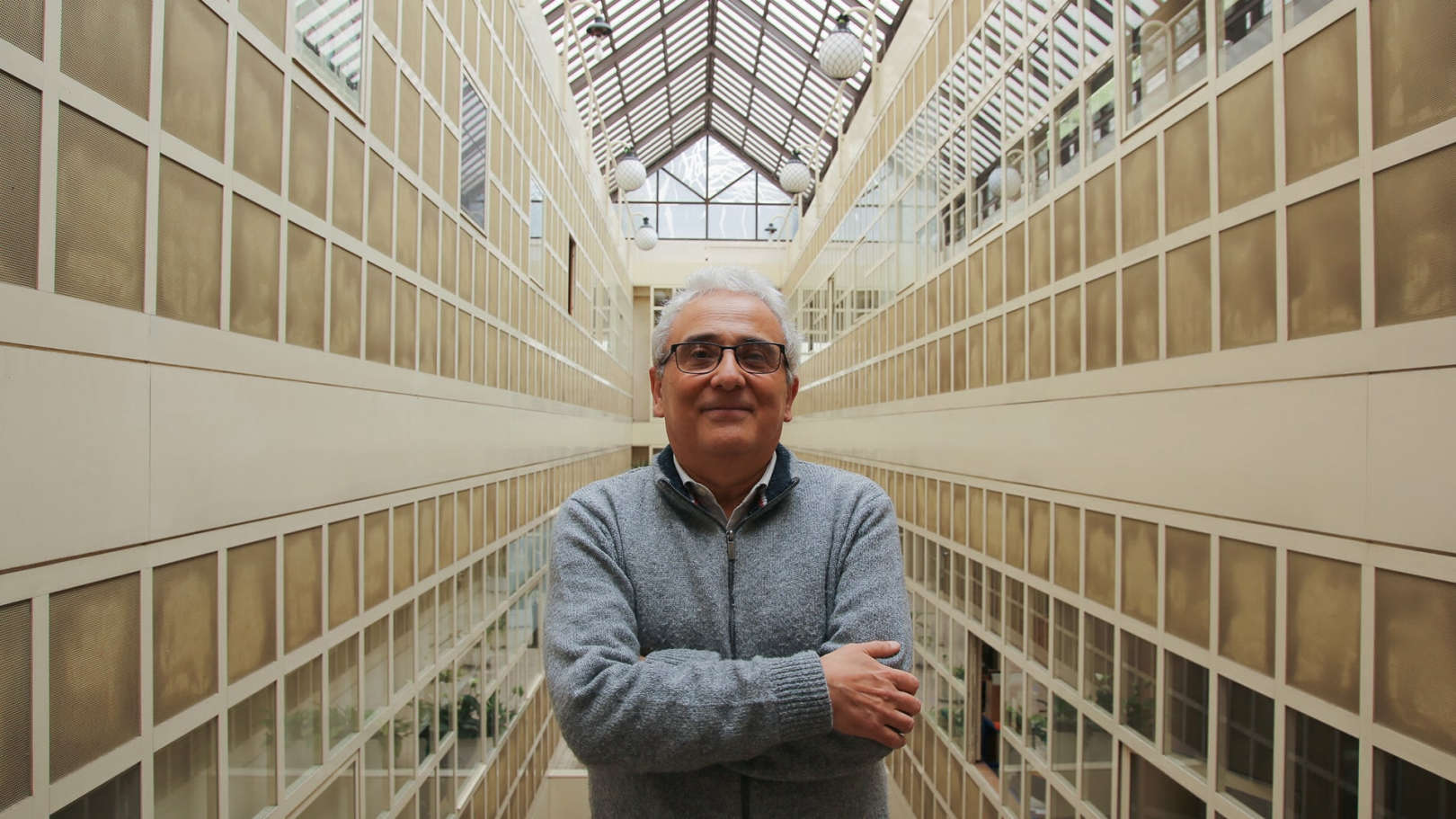Sobre
Licenciei-me em Física Aplicada, Ótica e Electrónica em 1991 na Universidade do Porto em 1991. Posteriormente fiz uma pós-gradauação em Gestão de Ciência, Tecnologia e Inovação na Universidade de Aveiro, que me proporcionou as competências para a minha atividade em transferência de tecnologia no INESCTEC.
Além de transferência de tecnologia, como disciplina científica, interesso-me por comunicações óticas sem fios e sensores óticos.


